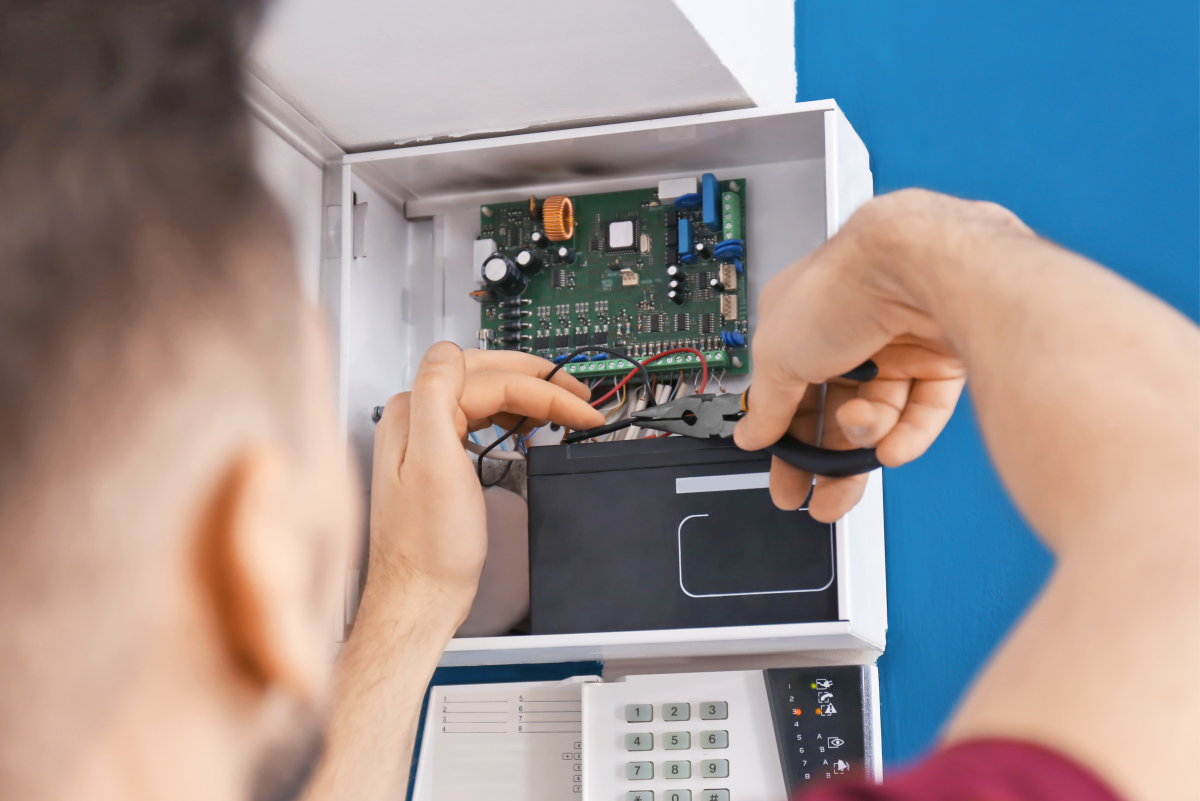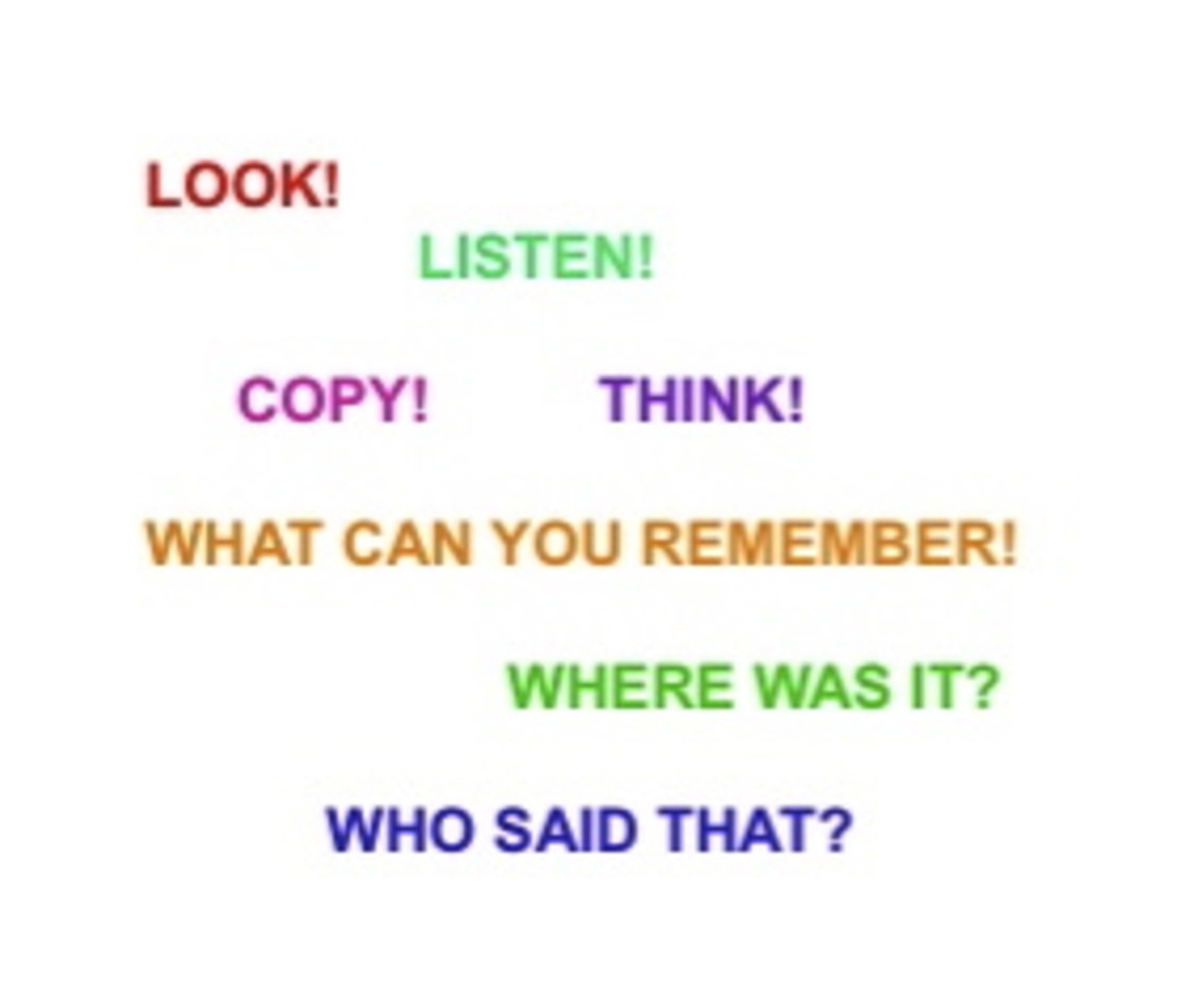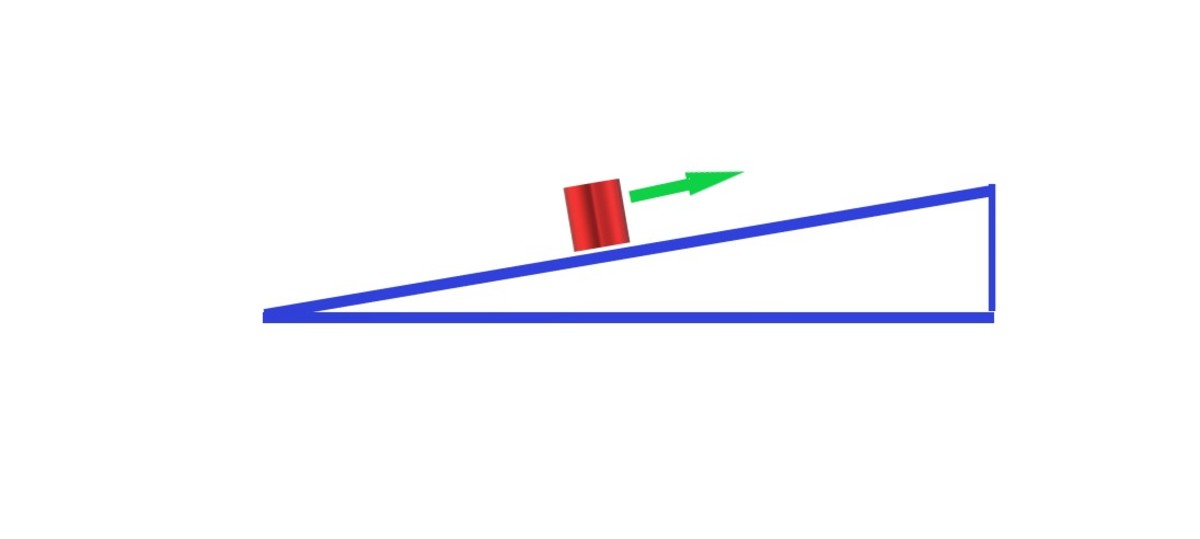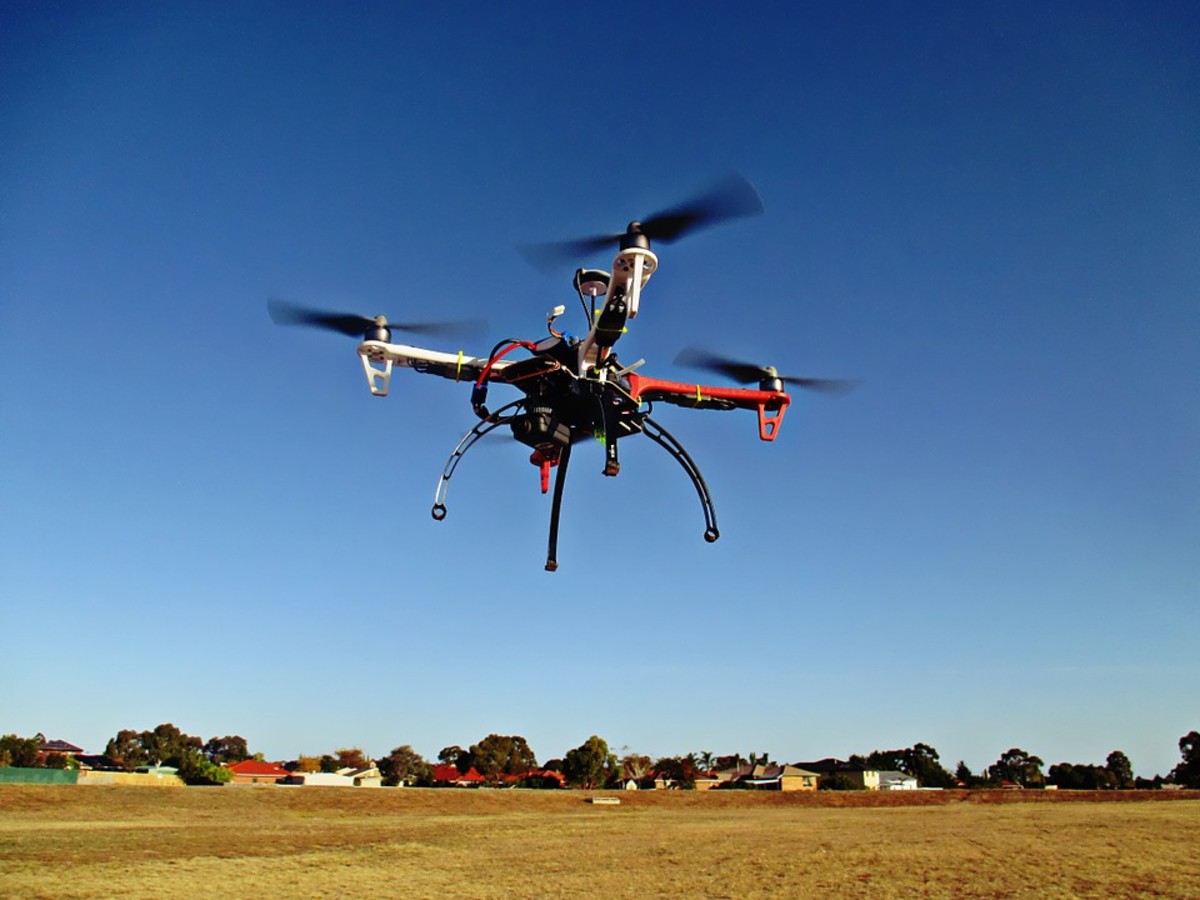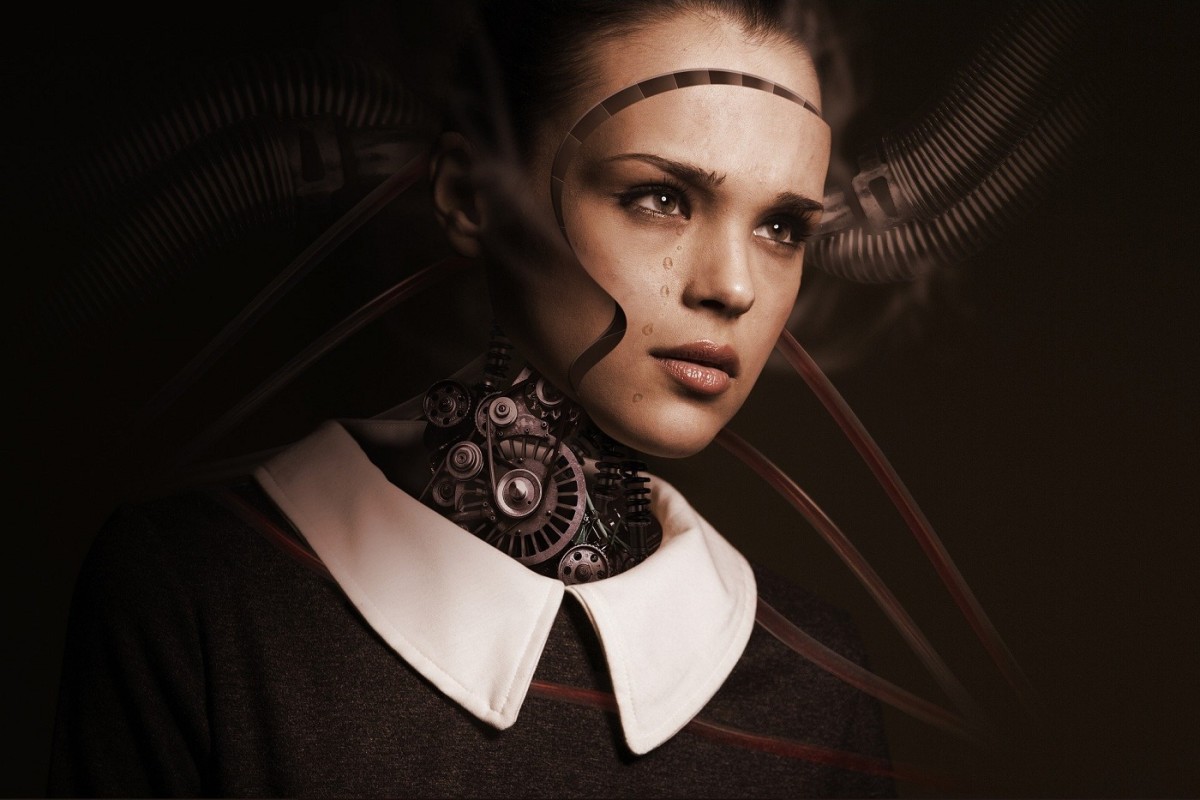My Experiences With Sensors - Part 1
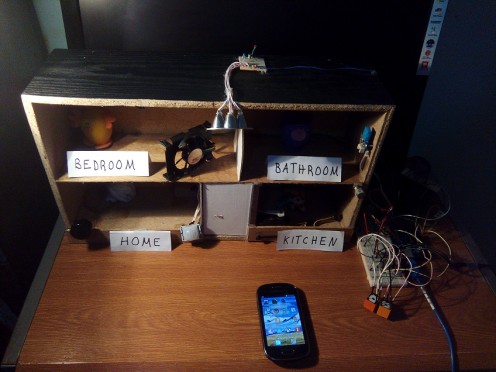
The importance of sharing the experiences learned during the use of sensors is that we can learn to do our job better and this can serve as a reference for anyone who wants to venture into this world that is constantly changing. The sensors can have many applications both industrial and at home.
1) LDR
This is a device whose resistance depends on the amount of light to which it is exposed. There are several types of LDR whose specifications depend on the manufacturer, but a very commercial is that which has 50 kilo-ohms in the dark and can reach up to 30 ohms when exposed to a 60-watt bulb.
This sensor can be used in lamp lighting systems when it detects darkness, it can also be used as an alarm when smoke caused by a fire prevents illumination in a specific area. In my case I use it in a smart home project.
2) CNY70
This device is a reflective optical sensor which is used to determine the presence of an object by the reflection of infrared light emitted by an infrared diode and received by a phototransistor. The wavelength is 950 nanometers and the reflection distance must be between 5 and 10 centimeters.
An application example is when we want to determine if a reflection object has the color white or black. Another use is in a micro robot, which can move and follow a white line drawn on a black background. In my case I used this device to develop a tachometer which measures the rotational rpm of a fan, the fan blades obstruct the passage of infrared light for a small fraction of time and this way we can calculate its speed in revolutions per minute.
3) SRF05
This is an ultrasonic sensor, which works with frequencies above 20 kilohertz. It helps us detect objects and calculate their distance between three centimeters and up to three meters. Its operation is as follows: the transmitter emits pulses of ultrasound that travel at the speed of sound; they bounce off the object and return to the ultrasound receiver. The device calculates distance from the time it takes to travel these impulses and the speed of sound.
My experience has taught me that not only can the distances of solid objects be measured, since it can even measure the distance of a cube that contains water. I used it to design a system for filling boats with water.
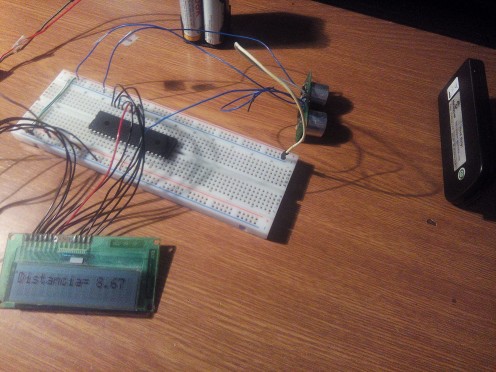
4) PIR Motion Sensor
This motion sensor is very popular and it helps us detect the presence of some body or infrared object. It has three pins and one is for Gnd, another for 5 Volts and another output. When it detects the presence of an object, the output goes to 3.3 volts and after a few seconds it returns to zero volts. It has two potentiometers, one of them serves to calibrate the distance to where to detect the infrared object and in some cases is up to ten meters, the other potentiometer serves to calibrate the time the alarm lasts in seconds.
I used this sensor to activate an alarm in an automated home with both Arduino boards and Microchip microcontrollers
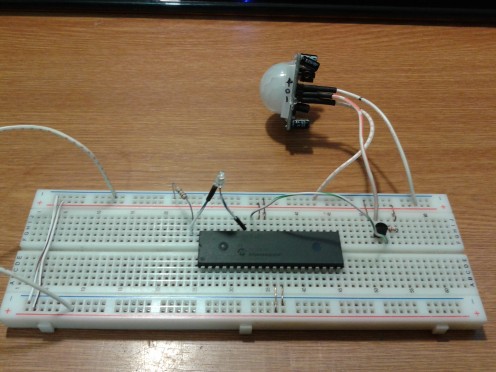
This is the first part of my publication. In subsequent documents I will write about gas sensors and temperature, humidity and pressure sensors.


